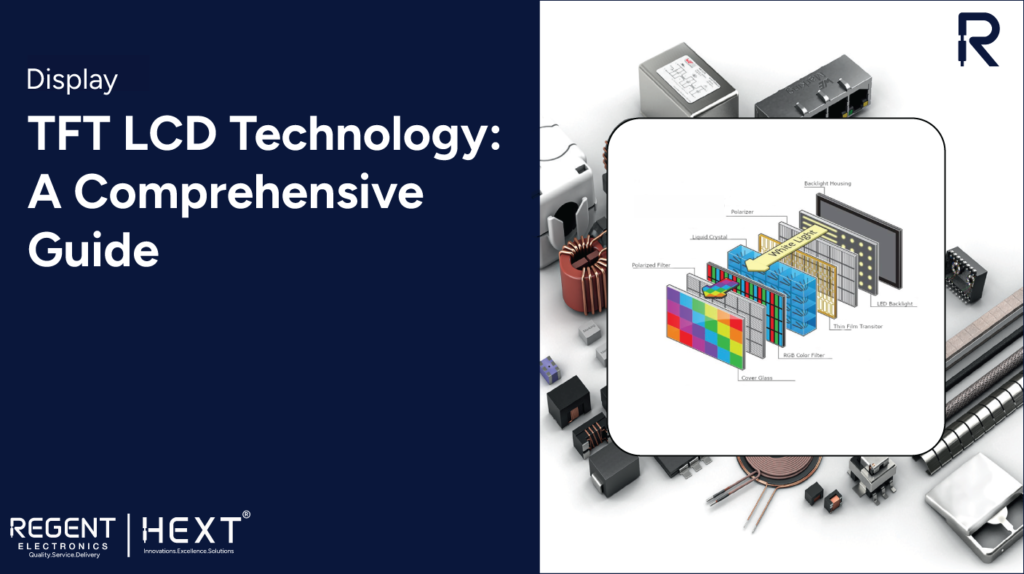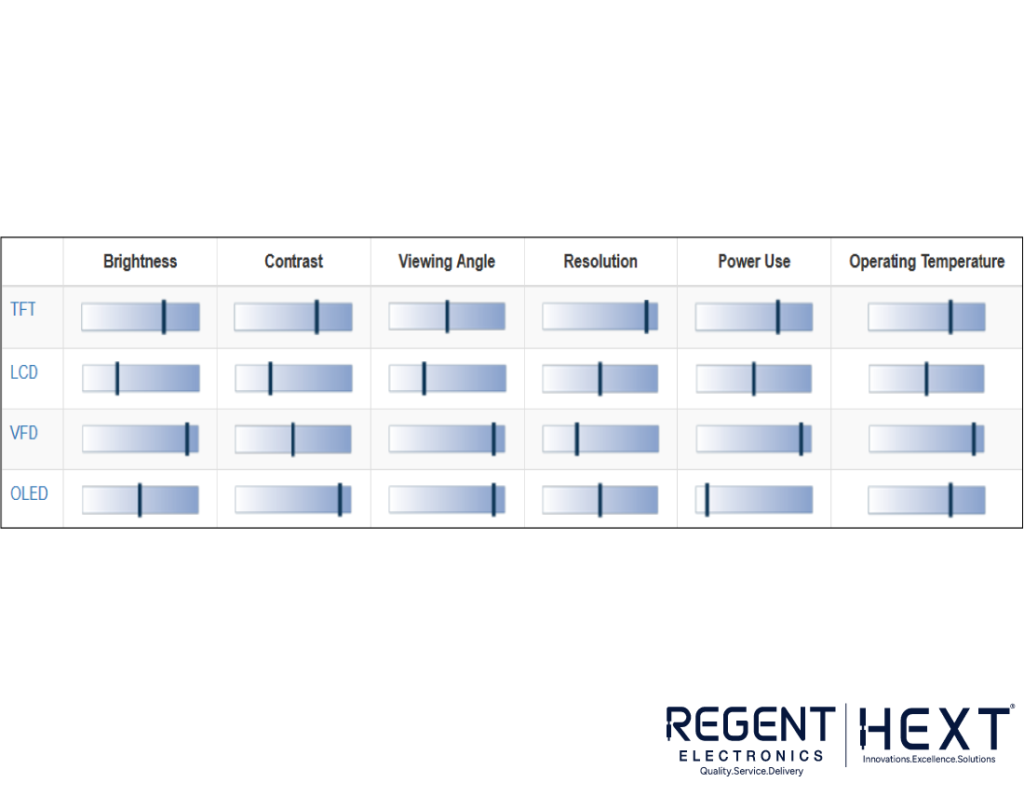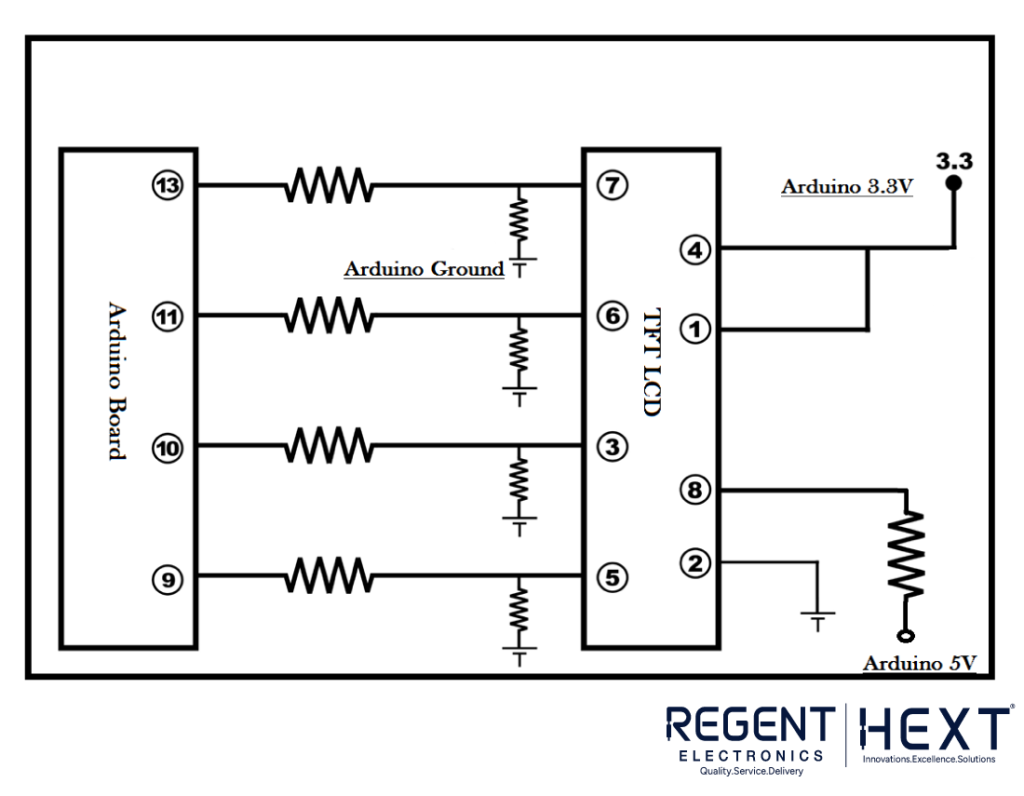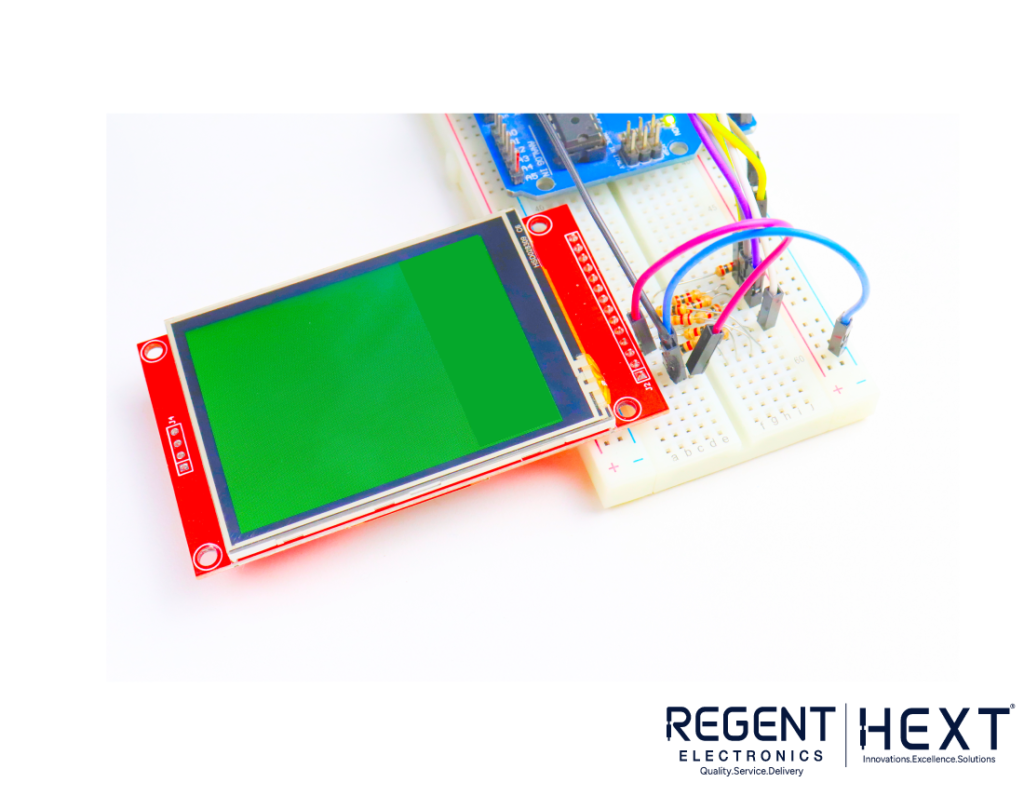
TFT LCD Technology: A Comprehensive Guide
Introduction
TFT LCD (Thin-Film Transistor Liquid Crystal Display) technology is widely used in various electronic applications such as automation, medical devices, and smartphones. Its low power consumption, high clarity, and vivid viewing angles make it a preferred choice. This guide will explore TFT LCD technology, its working principles, and how to interface it with an Arduino Uno.
Topics Covered
- Overview of TFT LCD and its working
- Comparison of different types of TFT LCDs
- Interfacing TFT LCD with Arduino Uno
- Arduino Uno code for 2.8-inch TFT LCD
Overview of TFT LCD and Its Working

TFT stands for Thin-Film Transistor. It consists of pixels arranged vertically and horizontally, which determine the resolution of the display. Each pixel has three subpixels: red, green, and blue. The color generation in a TFT LCD is a result of four primary layers:
- Polarization Layer: This layer reduces reflections and ensures proper light polarization. It consists of two filters positioned at 90-degree angles to each other.
- Liquid Crystal Layer: Liquid crystals are sandwiched between horizontally and vertically edged glass. When voltage is applied, the liquid crystals align to allow or block light.
- Thin-Film Transistor (TFT) Layer: This layer addresses each pixel individually, determining the refresh rate of the display.
- RGB Color Filter: The filtered light passes through an RGB color filter, allowing different color shades to be displayed.

Selection Criteria for TFT LCDs
When selecting a TFT LCD for an application, consider the following parameters:
- Display size
- Resolution
- Interface type
- Viewing angle
- Backlight lifespan
- Refresh rate
- Power consumption
- Contrast ratio
- Driver IC
Comparison of Different Types of TFT LCDs
Different TFT LCD modules vary in size, driver ICs, and communication protocols. Below are some common types:

| Type of TFT LCD | Driver IC | Communication Protocol |
| 1.44-inch TFT LCD | ST7735 | SPI |
| 1.8-inch TFT LCD | ST7735 | SPI |
| 2.0-inch TFT LCD | ILI9225 | SPI |
| 2.8-inch TFT LCD | ILI9225 | SPI |
Interfacing TFT LCD with Arduino Uno

Required Components:
Hardware:
- Arduino Uno
- Arduino IDE
- Dupont cables
- 1K resistors
Software:
- Arduino Library
Arduino Uno Code for 2.8-inch TFT LCD
Below is the code to interface a 2.8-inch TFT LCD with Arduino Uno using the Adafruit ILI9341 library:
#include “SPI.h”
#include “Adafruit_GFX.h”
#include “Adafruit_ILI9341.h”
#define TFT_DC 9
#define TFT_CS 10
Adafruit_ILI9341 tft = Adafruit_ILI9341(TFT_CS, TFT_DC);
void setup() {
Serial.begin(9600);
tft.begin();
Serial.println(“TFT LCD Test”);
tft.fillScreen(ILI9341_BLACK);
}
void loop() {
tft.setTextColor(ILI9341_WHITE);
tft.setTextSize(2);
tft.setCursor(10, 10);
tft.println(“Hello, TFT LCD!”);
delay(2000);
tft.fillScreen(ILI9341_BLUE);
delay(2000);
}
Conclusion

TFT LCDs are versatile and widely used due to their excellent display quality and efficiency. By understanding their working principles and selection criteria, engineers and developers can make informed decisions when integrating TFT LCDs into their projects. Using Arduino Uno, TFT LCDs can be easily interfaced to display real-time information, enhancing the functionality of embedded systems.
For more details and product availability, visit Regent Electronics.
